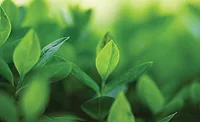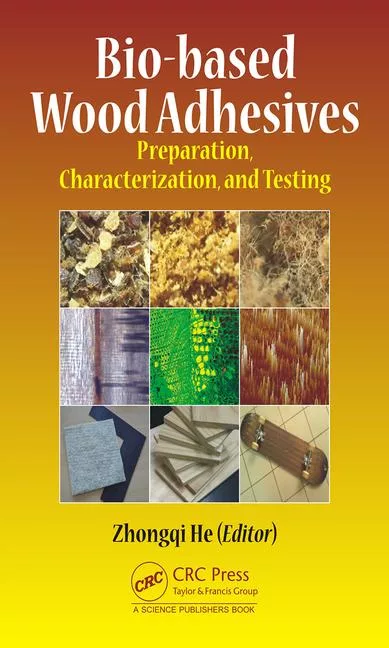Spider Web Glue Spins Society Toward New Bio-Based Adhesives
Wyoming scientists identify two new glycoproteins in the web glue from the golden orb weaving spider.

While would-be goblins and ghosts were preparing to drape synthetic spider webs over doorways and trees this past Halloween, scientists in Wyoming reported on a long-standing mystery about real spider webs: the secret of spider web glue. The findings are an advance toward a new generation of bio-based adhesives and glues - “green” glues that replace existing petroleum-based products for a range of uses. A report on the study was published in the October 2009 issue of the American Chemical Society's monthly journal, Biomacromolecules.
Omer Choresh and colleagues noted that heavy research has been conducted on spider web silk, which rivals steel in its strength. However, scientists know comparatively little about web glue, which coats the silk threads and is among the world’s strongest biological glues. Past studies revealed that spiders make web glue from glycoproteins, or proteins with bits of sugar attached.
The scientists analyzed web glue from the golden orb weaving spider, noted for spinning intricate webs. They identified two new glycoproteins in the glue and showed that domains of these proteins were produced from opposite strands of the same DNA.
“Once the cloned genes are over-expressed in systems such as insect or bacterial cell cultures, large-scale production of the glycoprotein can be used to develop a new bio-based glue for a variety of purposes,” the report noted.
For more information, or to purchase the report, phone (800) 333-9511 or (614) 447-3776, or e-mail service@acs.org.
Source: American Chemical Society

A
sticky substance in spider webs may lead to the development of a new generation
of bio-based adhesives and glues that could replace some petroleum-based
products.
While would-be goblins and ghosts were preparing to drape synthetic spider webs over doorways and trees this past Halloween, scientists in Wyoming reported on a long-standing mystery about real spider webs: the secret of spider web glue. The findings are an advance toward a new generation of bio-based adhesives and glues - “green” glues that replace existing petroleum-based products for a range of uses. A report on the study was published in the October 2009 issue of the American Chemical Society's monthly journal, Biomacromolecules.
Omer Choresh and colleagues noted that heavy research has been conducted on spider web silk, which rivals steel in its strength. However, scientists know comparatively little about web glue, which coats the silk threads and is among the world’s strongest biological glues. Past studies revealed that spiders make web glue from glycoproteins, or proteins with bits of sugar attached.
The scientists analyzed web glue from the golden orb weaving spider, noted for spinning intricate webs. They identified two new glycoproteins in the glue and showed that domains of these proteins were produced from opposite strands of the same DNA.
“Once the cloned genes are over-expressed in systems such as insect or bacterial cell cultures, large-scale production of the glycoprotein can be used to develop a new bio-based glue for a variety of purposes,” the report noted.
For more information, or to purchase the report, phone (800) 333-9511 or (614) 447-3776, or e-mail service@acs.org.
Source: American Chemical Society
SIDEBAR: About the Study
The various silks that make up the web of the orb web spider have been studied extensively. However, success in prey capture depends as much on the web glue as on the fibers. Spider silk glue is an aqueous solution secreted from the orb weaving spider’s aggregate glands that coats the spiral prey-capturing threads of their webs. Studies identified the major component of the glue as microscopic nodules made of a glycoprotein. This study describes two newly discovered proteins that form the glue-glycoprotein of the golden orb weaving spider Nephila clavipes. Results demonstrate that both proteins contain unique 110 amino acid repetitive domains that are encoded by opposite strands of the same DNA sequence. Thus, the genome of the spider encodes two distinct yet functionally related genes by using both strands of an identical DNA sequence. Moreover, the closest match for the nonrepetitive region of one of the proteins is chitin binding proteins. The web glue appears to have evolved to a substantial level of sophistication, matching that of the spider silk fibers.Looking for a reprint of this article?
From high-res PDFs to custom plaques, order your copy today!




